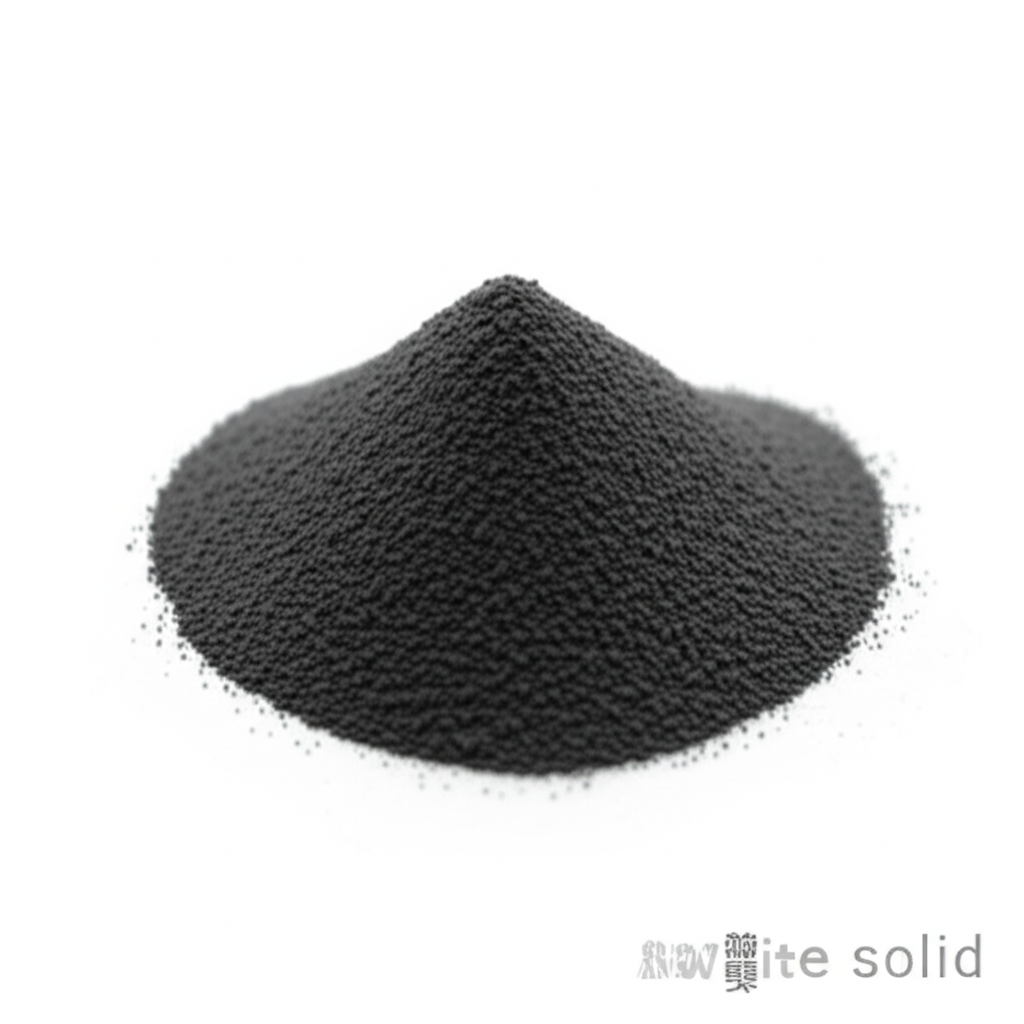3-Aminodibenzofuran: Synthesis, Properties, and Applications in Medicinal Chemistry and Materials Science
Explore the synthesis, characterization, and diverse applications of 3-aminodibenzofuran, a key compound in modern chemical research.
Get a Quote & SampleProduct Core Value

3-Aminodibenzofuran
3-Aminodibenzofuran is a vital organic compound characterized by its fused benzene and furan ring system, adorned with an amino group at the 3-position. This structure provides a rigid backbone, making it a valuable building block for complex molecules used in pharmaceuticals and advanced materials. Its reactivity, primarily due to the amino and hydroxyl groups, allows for extensive functionalization, leading to a wide array of derivatives with tailored properties.
- The synthesis and characterization of 3-aminodibenzofuran are crucial for its application in various fields, requiring meticulous analytical techniques.
- Dibenzofuran derivatives show promise in medicinal chemistry, with research exploring their potential as therapeutic agents for various diseases.
- 3-aminodibenzofuran serves as a key intermediate in the preparation of advanced organic materials, including those for optoelectronic devices.
- Spectroscopic methods are essential for confirming the structure and purity of 3-aminodibenzofuran and its derivatives, aiding in quality control.
Advantages of Using 3-Aminodibenzofuran
Versatile Building Block
The rigid dibenzofuran scaffold and reactive functional groups allow for 3-aminodibenzofuran synthesis of diverse molecular architectures, useful for various applications.
Pharmaceutical Potential
The compound's core structure is found in molecules with potential medicinal applications, making it a valuable intermediate in drug discovery research.
Material Science Applications
Its electronic properties make it suitable for developing advanced materials used in optoelectronics and sensors, contributing to innovations in these fields.
Key Applications
Pharmaceutical Intermediates
Used as a foundational element in the synthesis of various drug candidates, contributing to the development of new therapeutics.
Materials Science
Incorporated into π-conjugated systems for optoelectronic devices like OLEDs and solar cells, enhancing performance and efficiency.
Catalysis and Ligand Design
Serves as a precursor for ligands in transition metal catalysis, facilitating reactions such as C-H activation and oxidation.
Chemical Sensing
Its fluorescent properties can be harnessed to develop chemosensors for detecting specific analytes, particularly metal ions.
